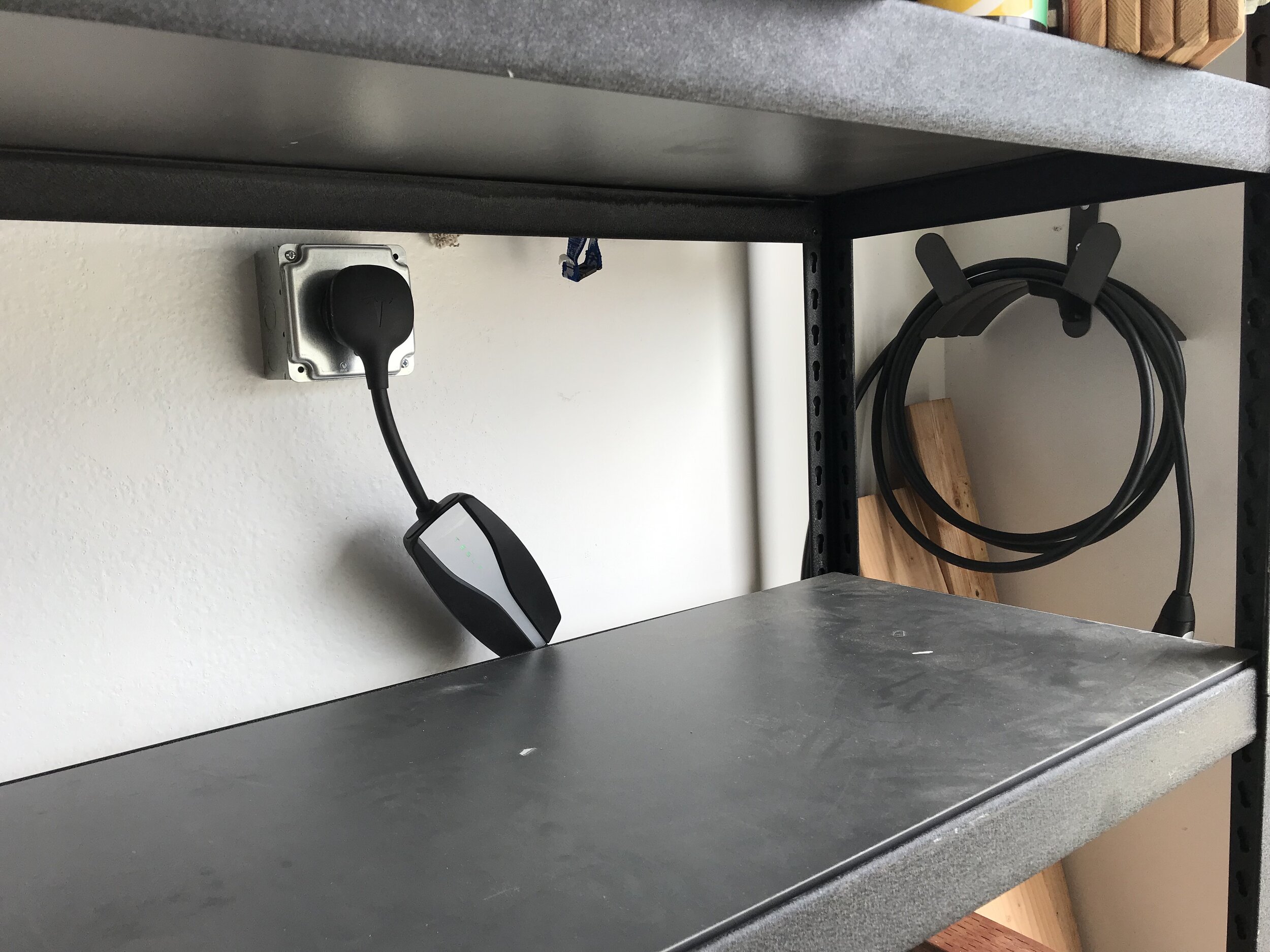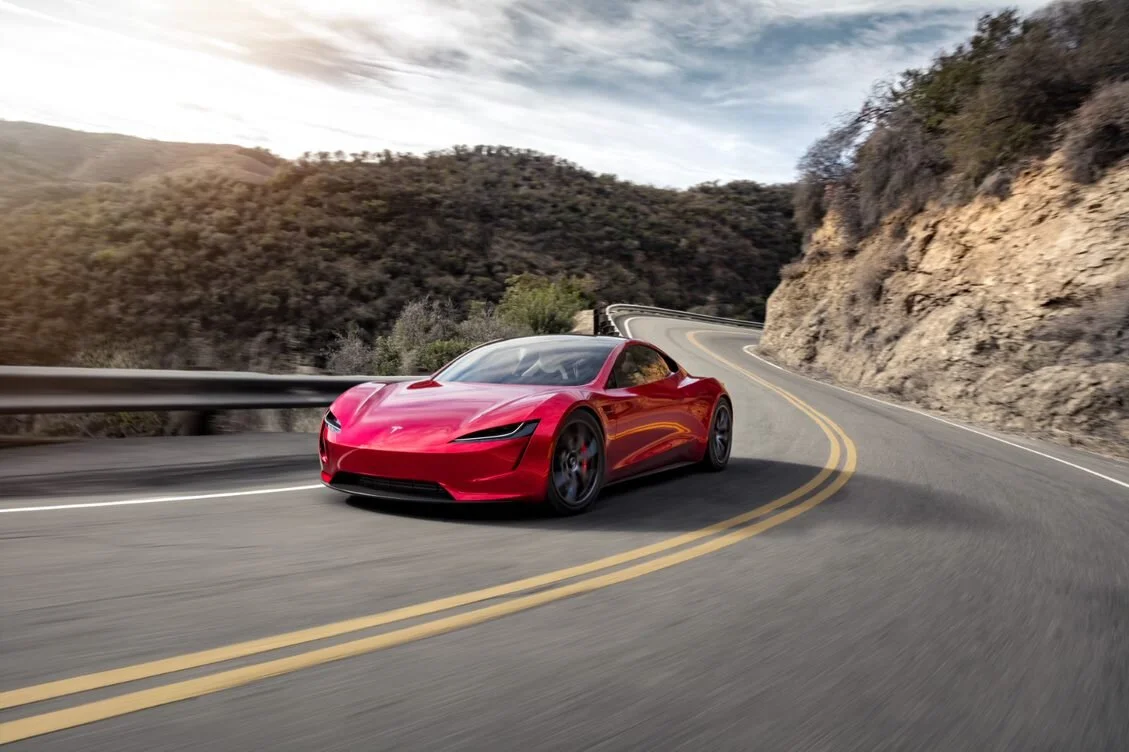Looking Back on 2020 – EVs Not Mainstream Yet
By Edward A. Sanchez – Dec. 28, 2020
The Watt Car is more than a year old now, and aside from the unrelenting bad news of COVID-19, the other topic getting a lot of coverage this year is vehicle electrification. Naturally, the lion’s share of coverage has been on Tesla and its global expansion, but other stories have been the rollout of the Volkswagen ID.3 and ID.4, the Porsche Taycan, and numerous other OEMs announcing their commitment to electrification in some form, and in timelines ranging from immediate to distant.
Owning an EV in a suburban area with a relative abundance of public chargers, a home charger, and fortunate enough to own a brand with its own proprietary charging network (Tesla), the reality of living with an EV hasn’t been that disruptive or strange for me as it has been for some. But that’s not to say there haven’t been some hiccups or close calls in my charging adventures.
Home charging is a definite EV advantage over ICE, but that only applies to those fortunate enough to be able to charge at home. (Image courtesy Edward A. Sanchez)
While on a road trip with my mother more than a year ago, I made the inadvisable decision to skip a Supercharger on the tenuous hope that I had enough charge to get to the next one. I learned quickly to always charge for well more than you think you’ll need on road trips, and not to skip opportunities for fast charging, even if it means waiting a little while to plug in.
However, I know others that have tried and given up on EVs because of short range, lack of charging, or other factors. The U.S. is clearly not yet at a place where fast charging is ubiquitous, friction-free, and uniformly reliable. Even though I love my Model 3 and would definitely consider buying another Tesla or other EV, I would not necessarily recommend an EV to everyone looking to buy a new car right now.
Although arguably redundant and overly complex in many ways, for those who have a curiosity about EVs but aren’t prepared to go fully pump-free, plug-in hybrids are an attractive option to ease your way into the electrified future.
And of course, price remains a persistent sticking point with many buyers, whether perceptive or real. Tesla still has a reputation of a six-figure exotic among many people, when in reality its mid-to-high $30,000 starting price puts it right in the thick of the average price of many new conventional cars.
I think the first prejudice to fall about EVs is that they’re “wimpy.” Between any Tesla, the GMC Hummer, Taycan, and Mustang Mach-E, people are experiencing the immediacy and potency of electric torque. These are “golf carts” no longer.
However, short range, long recharge times, and frustrating experiences with public chargers are persistent issues that will need to be addressed for the general public to have a general comfort and convenience level with full electrics.
I have a collection of no less than seven adapters (not including my 50-amp extension cord) for my mobile charger to be able to take advantage of “opportunistic” charging at places such as RV parks, churches, dryer outlets, or other off-the-beaten path locations to juice up. In the U.S., there are two types of nozzles for liquid hydrocarbon fuels: gasoline and diesel. Anyone crazy or committed enough to have seven adapters and a 20+ pound extension cord is clearly not in the mainstream of the motoring public.
Packing seven adapters and a hefty extension cord for my Tesla, EVs sometimes aren’t as straightforward as ICE ownership. (Image by Edward A. Sanchez)
While I see the early adopter stage of EVs as exciting and adventurous, many just see it as frustrating, inconvenient, and exasperating. That perception must be overcome for EVs to be accepted as a mainstream transportation choice.
As the U.S. gets closer to inaugurating a new president that’s promised to be much friendlier to EVs and green energy than the outgoing administration, there’s a chance the national infrastructure could be improved enough to make EVs look like a sensible, practical option. But we’re clearly not there yet.
Let’s see what my yearly EV report looks like in December 2021.
(Main image by Phil Royle)
Follow us on Google News and like us on Facebook









